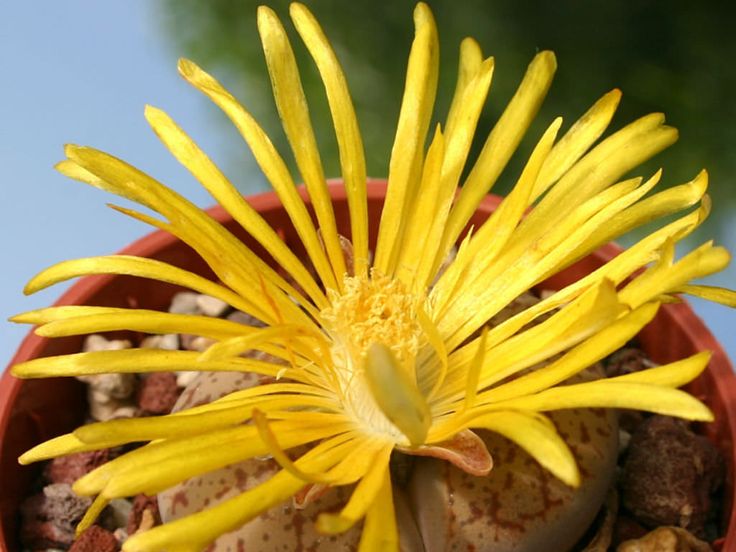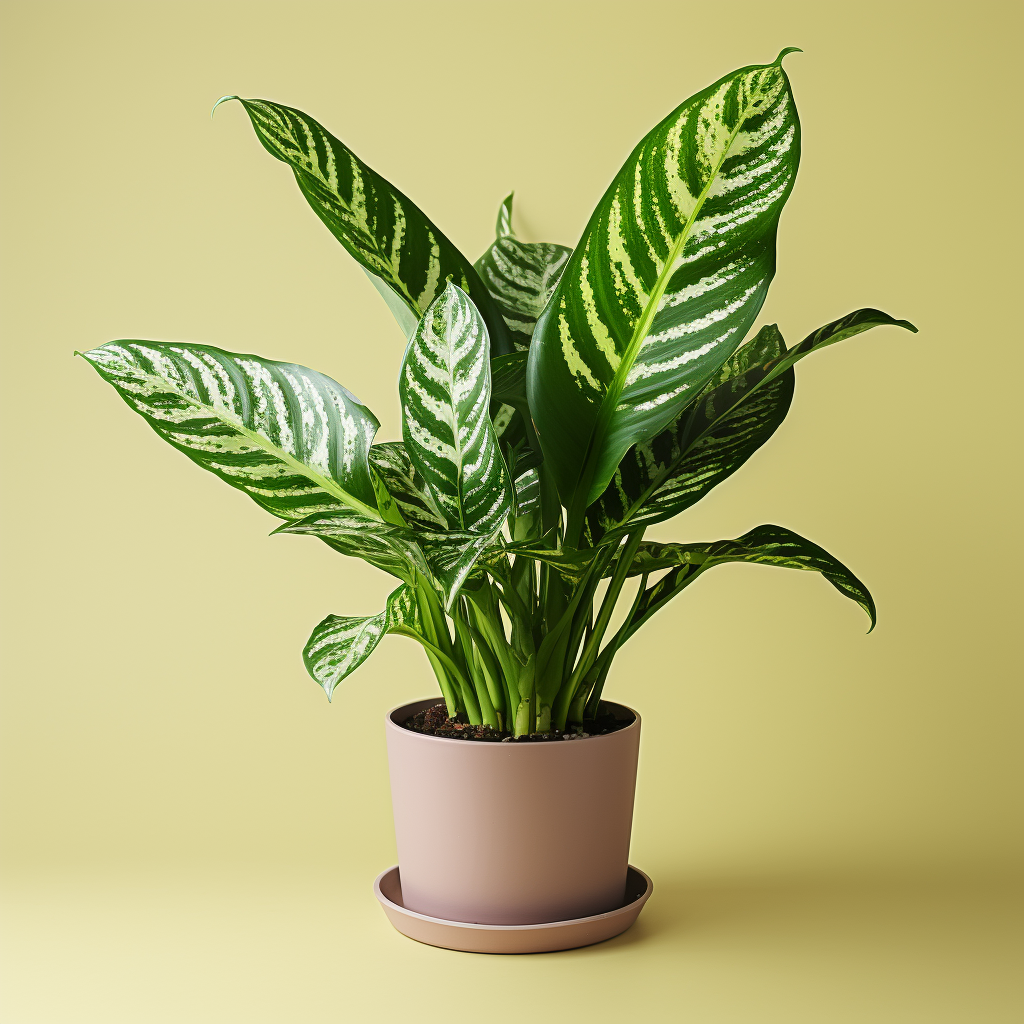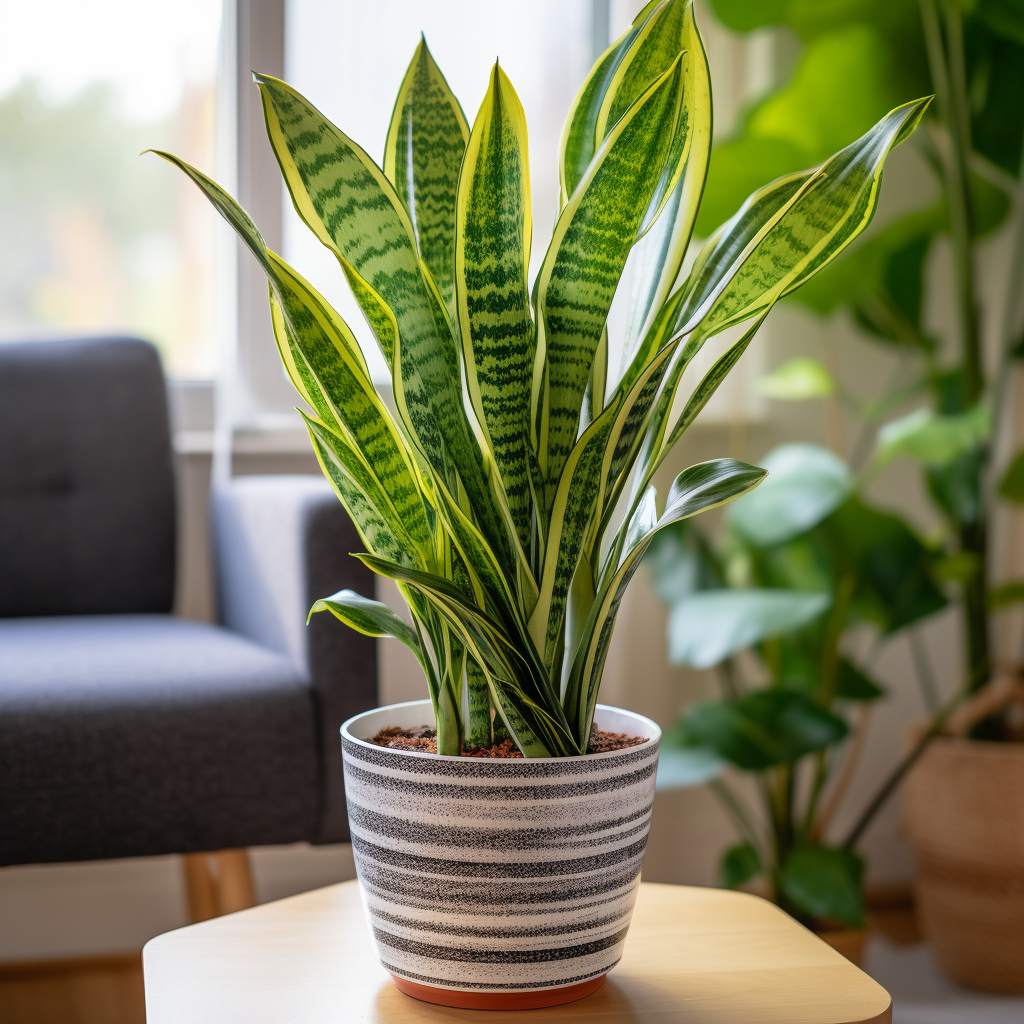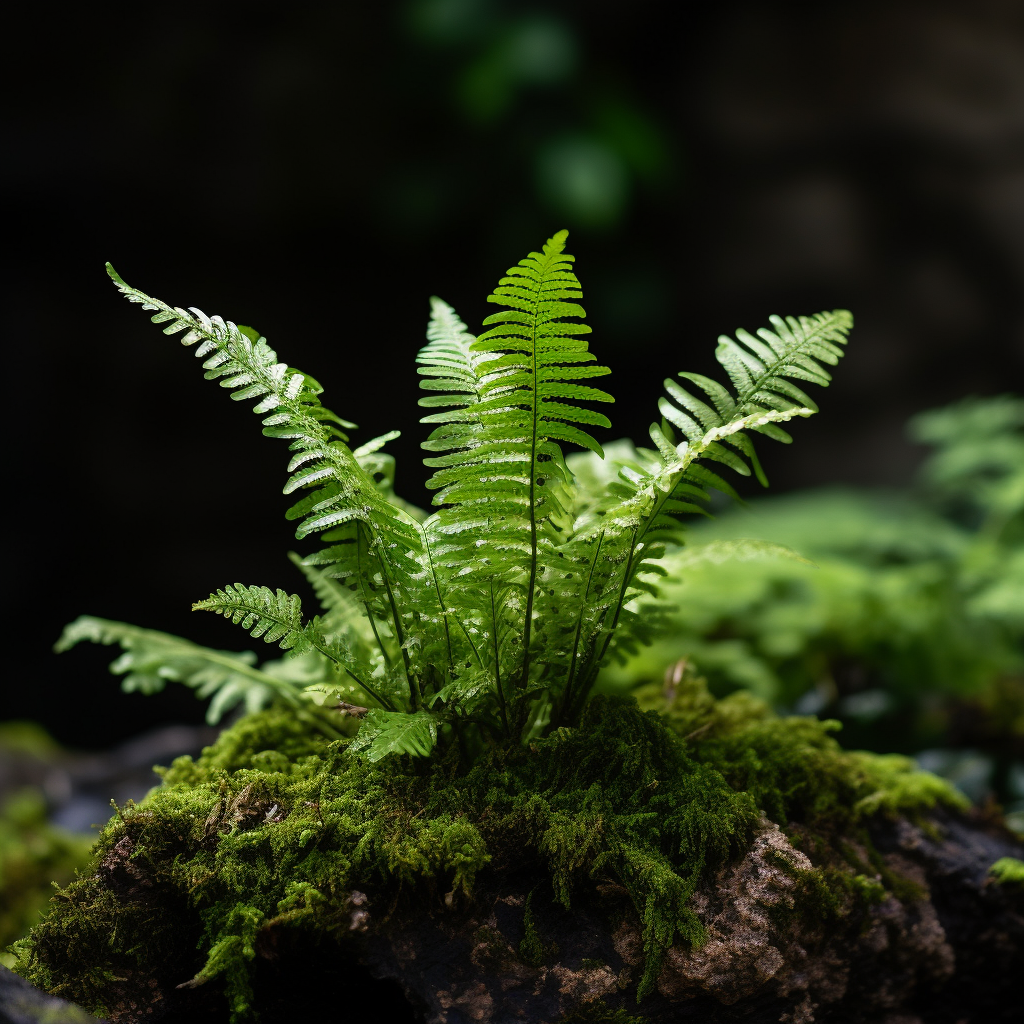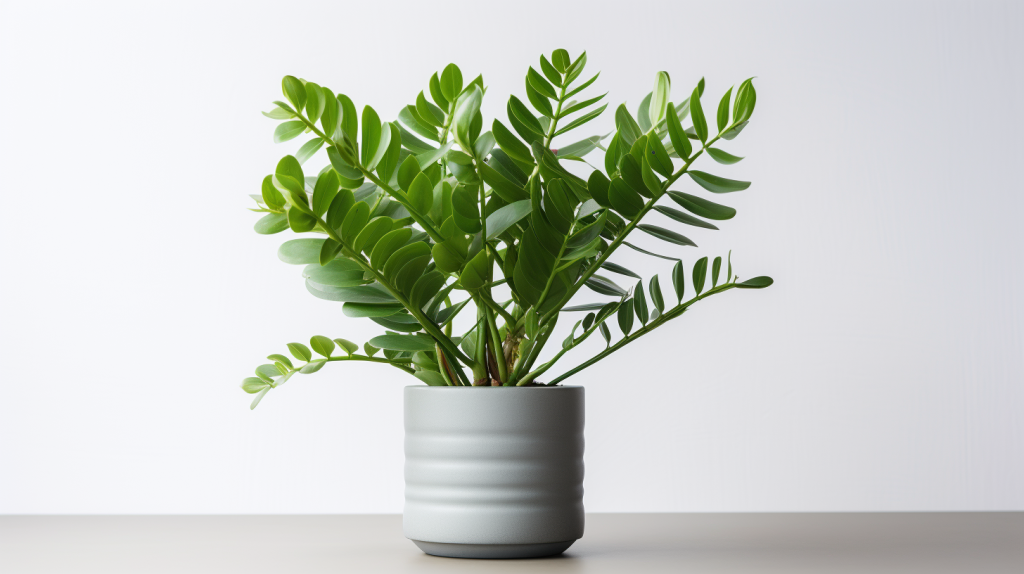In the diverse and enchanting kingdom of succulents, the truncate living stone stands out for its exceptional adaptations and appealing aesthetics. These peculiar, colorful plants have fascinated botanists, garden enthusiasts, and nature lovers alike. But what is a Truncate Living Stone, and how does one cater to this unique specimen? Here’s everything you need to know.
Truncate Living Stone Description
Known scientifically as Lithops terricolor, the Truncate Living Stone is an intriguing variant of the Lithops genus. This fascinating group of succulents, native to the rocky terrains of southern Africa, has mastered the art of disguise. Resembling tiny stones or pebbles, these plants blend seamlessly with their surroundings, demonstrating nature’s inventiveness at its best.
Each Truncate Living Stone is composed of a pair of succulent leaves joined at the base with a meristem in the center. These bulbous leaves are adorned with intricate patterns and varied colors, making them a visual delight. The ‘truncate’ in its name refers to the cut-off, flat top of the plant.
Facts About Truncate Living Stone
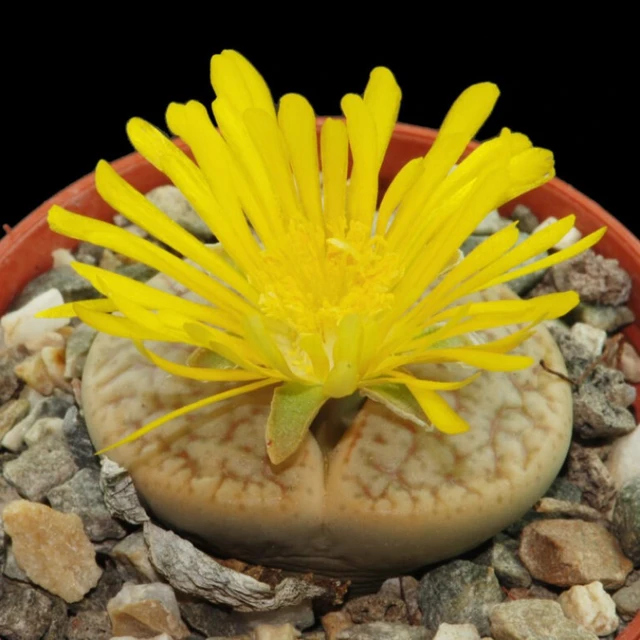
A peek into the world of Truncate Living Stone opens up a treasure trove of interesting facts. These succulents have a remarkable survival strategy, featuring incredible adaptations to withstand the harsh conditions of their native habitat. For instance, a solitary pair of leaves is all it takes to sustain a Truncate Living Stone for a whole year.
Moreover, their stone-like appearance isn’t just for show. It serves as a natural defense mechanism against predators, allowing them to blend into the rocky landscapes of southern Africa. This phenomenon, known as ‘mimesis’, is an incredible testament to the plant’s evolutionary journey.
Care for Truncate Living Stone
Caring for a Truncate Living Stone can be a rewarding experience if you recreate its natural environment. These plants are native to arid regions, so they prefer well-draining soil that mimics the sandy soil of their original habitat. Mixing a standard succulent mix with sand or perlite can achieve this.
As for sunlight, they enjoy plenty of it. However, to prevent sunburn, it’s advisable to acclimate them gradually to full sun exposure, particularly during summer. Watering needs to be done judiciously, ensuring the soil dries out completely between waterings. Overwatering can lead to a host of issues, including root rot, which can be fatal to the plant.
How to Propagate Truncate Living Stone
Propagating a Truncate Living Stone offers an enjoyable and fulfilling venture for plant lovers. The process involves using seeds or dividing an existing plant. Propagation by division is quite straightforward; during the repotting process, the offset or ‘pup’ can be separated and planted independently.
On the other hand, growing a Truncate Living Stone from seeds requires a bit more patience but is equally rewarding. The seeds need to be sown in a well-draining soil mix and kept in a warm, humid environment until they germinate.
Problems that May Occur with Truncate Living Stone
Despite their hardy nature, Truncate Living Stones are prone to certain problems if their care requirements aren’t met. Overwatering is a common issue, leading to root rot. Signs of overwatering include soft, mushy leaves and discoloration.
Inadequate light can cause the plant to become etiolated, or stretched, as it reaches for more light. On the other end of the spectrum, excessive direct sunlight can lead to sunburn, leaving unsightly scars on the leaves. Moreover, these plants are not frost-hardy and should be protected from freezing temperatures.
Is the Truncate Living Stone Poisonous?
Despite their somewhat alien appearance, Truncate Living Stones are not poisonous. They pose no threat to humans, pets, or livestock. This makes them a safe and charming addition to homes, classrooms, or office spaces.
What Is The Use Of Truncate Living Stone?
Beyond their distinctive aesthetic appeal, Truncate Living Stones serve various purposes. They are commonly used as ornamental plants, adding a touch of nature’s whimsy to any living space. Their unique adaptations make them a captivating subject of study for botanists and educators alike. Finally, caring for these resilient plants can be a rewarding hobby for those who appreciate nature’s myriad marvels.
Is Truncate Living Stone An Indoor Plant?
Yes, Truncate Living Stones can thrive indoors with the right conditions. They need a sunny windowsill or a grow light to meet their light requirements. Due to their minimal watering needs and compact size, they make a popular choice for indoor gardening, be it in a succulent arrangement or as standalone specimens in quirky pots.
What Happens When Lithops Split?
The process of Lithops splitting is a spectacle to behold. This happens when the plant is ready to produce a new pair of leaves. The old pair will part at the center, revealing the new leaves. This event is a part of the natural growth cycle and signifies the plant’s ongoing vitality.
Conclusion
In summary, the truncate living stone is an extraordinary succulent that has captured the attention of many with its unique charm and resilience. With the right knowledge and care, you too can join the community of enthusiasts who’ve fallen in love with this amazing plant.
Frequently Asked Questions
Q1. Can Truncate Living Stone survive in low light conditions?
No, they prefer bright light conditions. Prolonged low light can cause the plant to stretch out, losing its compact form.
Q2. How often should I water my Truncate Living Stone?
Water sparingly, about once every two weeks during active growth in spring and autumn. Reduce watering during summer and winter dormancy.
Q3. Can Truncate Living Stone plants grow in any type of soil?
No, they prefer well-draining soil. Mixing a succulent mix with sand or perlite can mimic their natural, sandy habitat.
Q4. What should I do if my Truncate Living Stone shows signs of overwatering?
Stop watering immediately and let the soil dry out completely. If the condition persists, consider repotting the plant in fresh, dry soil.
Q5. How long does it take for a Truncate Living Stone to fully mature?
It typically takes about three to five years for a Truncate Living Stone to reach full maturity from seed.
References
- “Lithops terricolor,” Succulents and Sunshine.
- “Truncate Living Stones: Facts, Identification, Pictures,” PlantSnap.
- “How to care for Lithops,” Almanac.
- “Truncate Living Stone Care: A Comprehensive Guide,” Succulent Alley.
- “Lithops Propagation: A Step-by-Step Guide,” Planet Desert.

